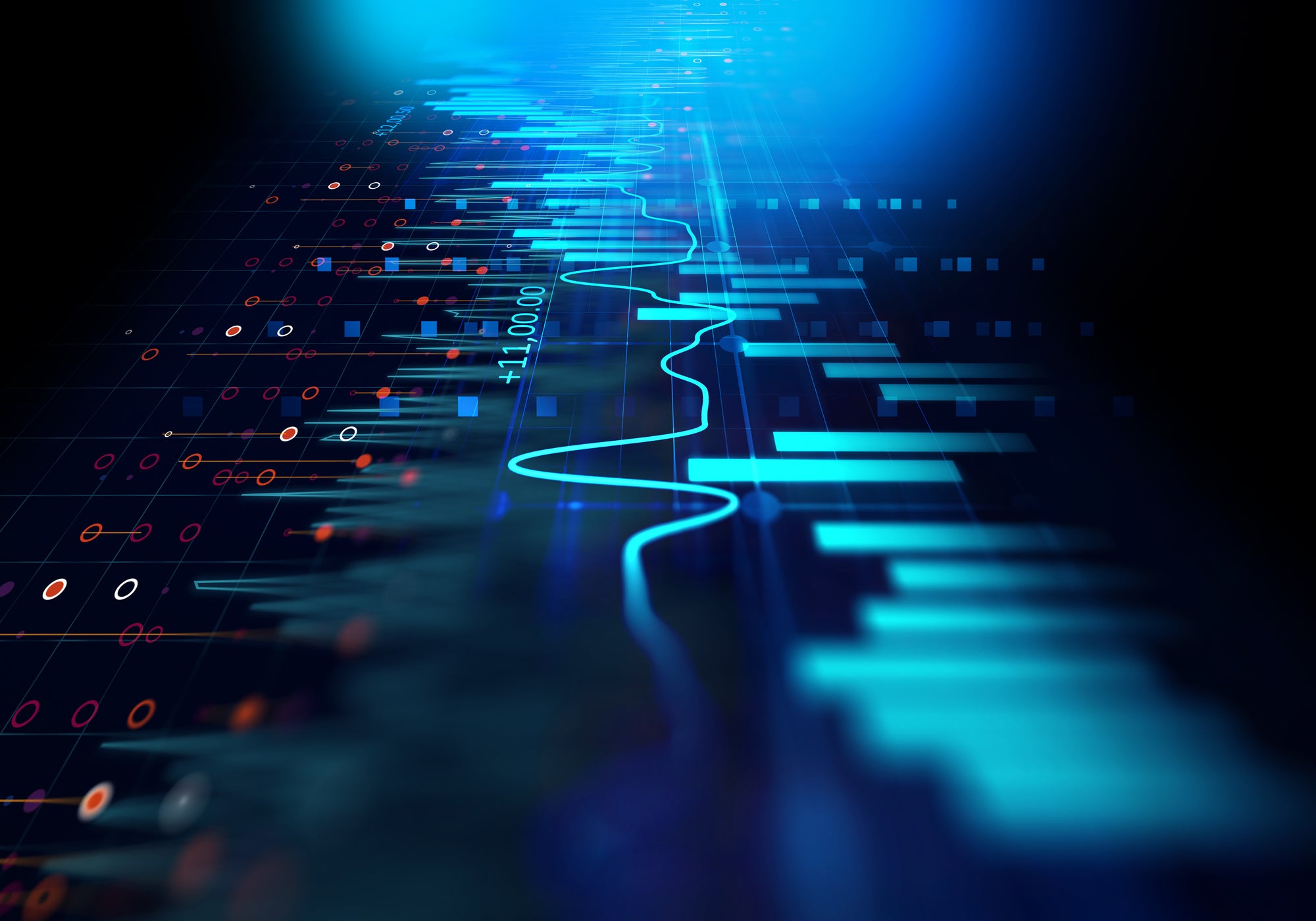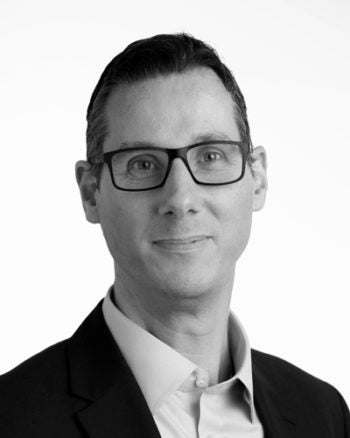
Mark Hermeling is the chief technology officer at Asset Control, which provides data quality software solutions for financial data. Founded in 1991, it was one of the early entrants into the third-party electronic data management market and operates in the banking, asset management, insurance and market infrastructure sectors, helping customers on the buy and sell side make the most of their data.
In this Q&A, the third in our weekly CTO Talk series, Hermeling explains why regulators won’t accept “computer says 42”, what makes Bill Gates and Elon Musk his tech heroes, and why a “balanced portfolio of approaches” is needed to tackle humanity’s biggest problems.

Access deeper industry intelligence
Experience unmatched clarity with a single platform that combines unique data, AI, and human expertise.
Rob Scammell: Tell us a bit about yourself – how did you end up in your current role?
Mark Hermeling: As CTO, I’m responsible for the overall leadership of research and development at Asset Control. I work closely with product management and technical services to drive growth and innovation.
I have more than 20 years’ management experience, developing and managing software products and services, predominantly in financial services, including roles at SunGard and Accenture. Prior to joining Asset Control, I was CTO for Glint Pay, where I managed the technology function. I hold two bachelor’s degrees from The Hague University of Applied Sciences and a master’s degree from the University of Delft in the Netherlands.
What’s the most important thing happening in your field at the moment?
It has to be machine learning, and more specifically neural networks. This technology, which has the ability to learn by itself and produce output not limited to the input provided, is becoming increasingly pervasive. However, it is not sufficient in itself. In finance, regulators will not accept “computer says 42” as model decisions typically need to be able to be explained. Evidencing the decision tree and the reasoning behind the decision is key.
Which emerging technology do you think holds the most promise once it matures?
Probabilistic inference/reasoning has great potential to guide, constrain and evidence the learning and decision-making process. Personally, I would like agent-based programming to make its mark. In financial modelling the concept of agent-based modelling keeps coming up and, combined with the ubiquitous nature of mobile devices, has great potential.

US Tariffs are shifting - will you react or anticipate?
Don’t let policy changes catch you off guard. Stay proactive with real-time data and expert analysis.
By GlobalDataBoth these technology areas provide structure around the content derived from machine learning by defining constraints either around what an agent can do, or by specifically articulating the rules by which an agent can traverse its universe.

How do you separate hype from disruptor?
You need to ask some questions about the technology. These typically include:
- What problem is it trying to solve (or claims to solve)? – This can give you a feel as to whether the new technology is marketing hype or not.
- How is it different from previous attempts? – Very little of the technology we see today is new. Machine learning and neural networks have their origins in the 1950s. You need to find out what is different this time. That means understanding the history and drilling into the detail, including the original journals and scientific papers. Our engineers don’t just use new tech, they understand it and the underlying principles. That’s key to solid engineering.
- Be aware of the context – Some hype matures over time. Big data, for example, was ‘the next big thing’ in tech ten to fifteen years ago but has now matured to the level that is generally accepted and useful.
What’s the best bit of advice you’ve been given?
Although, as a CTO, you need to make a decision on a given issue, it is always key to listen and get input from all angles. Different viewpoints, especially those you don’t initially agree with, can enrich your view. Open debate and dialogue are key either to validating your original point of view, or to adjusting it.
Where did your interest in tech come from?
Like most technologists, I like the deterministic nature of sciences and technology. I started programming at the age of eight.
What does a typical day look like for you?
In the morning, I synchronise with all my teams globally to ensure that smooth communication takes place across all key locations. The latest collaboration tools have been key here in keeping in close touch with our colleagues across the world.
I typically hold an architecture and design session. This has been crucial in providing direction and to understand the details of execution. Interactive whiteboards are a fantastic help here, especially in helping maintain team cohesion.
Most days also feature planning sessions and additionally research around our future product and technology strategy or roadmap. There is also typically an element of programme tracking and, of course, dealing with day-to-day client issues. That is always an ongoing task.
What do you do to relax?
I listen to jazz, cook with my wife and eat with my family.
Who is your tech hero?
I have two: Elon Musk and Bill Gates. Elon Musk exemplifies an entrepreneurial approach and ‘can-do attitude’. He is always prepared to think about big problems and he is prepared to fail, if need be. Success for him is repeatedly getting back up and learning from the experience every time. He also looks closely at the detail. In his project to run underground tunnels to transport cars, for example, he additionally looked at how he should deal with the waste products of the process. He recognises that managing the detail is the only way forward.
Bill Gates has a hands-on approach to philanthropy. He doesn’t just provide his money and his opinion. He looks at the big problems and then finds ways of applying not just finance but his skills to managing those projects. Typically, he focuses on practical problems, developing futuristic toilets that use chemicals to turn human waste into fertilizer, and improve sanitation, for example.
What’s the biggest technological challenge facing humanity?
The biggest challenges are preserving the purity of science/technology and avoiding bias based on social and financial pressures. These biases are unavoidable but need to be managed. There needs to be an honest assessment of the science itself. Without that, humanity starts running after oversimplified single solutions to multifaceted problems. We should never double down on a single solution but instead tackle problems with a balanced portfolio of approaches.
Read more: CTO Talk: Q&A with Sinch’s Jonas Lindeborg







